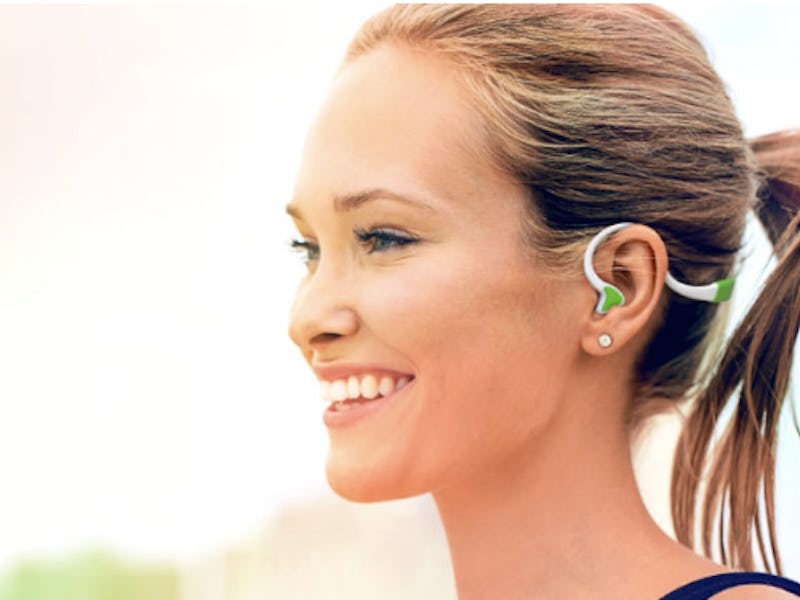If you’re already bored with Siri and Amazon Echo, fear not — the newest revolution in high-tech listening has arrived. Neste, a company that primarily focuses on cleaner global energy, has designed new ThinkEar headphones that will read your brainwaves in order to control your musical devices.
The secret is the five-point EEG sensors embedded in the device that transmit your brainwaves to a microchip. The microchip could then translate the collected information into commands. The headphones are designed to connect to devices via Bluetooth or connect to cloud services directly. According to Neste’s website, ThinkEar could also translate languages and give you directions.
Unfortunately, ThinkEar isn’t an actual product yet, but it could be commercially viable down the line. A recent NPD Group report showed that revenue for wire-free headphones increased 42 percent in the beginning of 2016 compared to the same quarter last year, making the design a profitable venture. Earlier this month Amazon announced plans to utilize its Alexa technology to create headphones that would stop playing music at the sound of the user’s name.
ThinkEar is just one of several products trying to hype the future of “brain wearables.”
In 2014 the Canadian company Interaxon introduced Muse, a headband-shaped device that monitors your brain activity and provides meditation coaching based on the data, delivered through an app device. Muse was just the first of a whole slew of devices promising increased “brain fitness.” While some, like Muse, simply monitor your EEG in order to suggest ways to refocus, others like Thync use electrical pulses to activate different connections in the brain to decrease your stress levels.
Other brainwave-based technology is attempting to do away with devices altogether. Researchers at places like the University of Washington are already working on technology-enhanced brain-to-brain communication.
ThinkEar was designed through Neste’s “Pre-order the Future” initiative, which allows users to vote on products within five categories. The winning design will be announced in October, after which a prototype will be developed.
